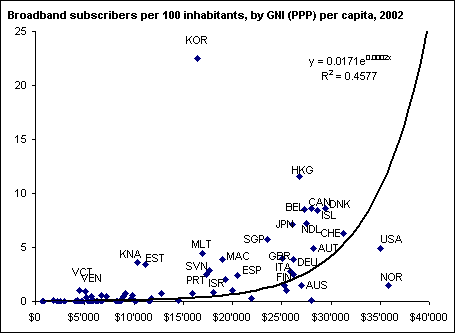This post originally appeared on Dow Jones’ blog The Conversational Corporation.
Ethan Zuckerman proposes a new measurement of attention – the Kardashian:
The Kardashian is the amount of global attention Kim Kardashian commands across all media over the space of a day. In an ideal, frictionless universe, we’d determine a Kardashian by measuring the percentage of all broadcast media, conversations and thoughts dedicated to Kim Kardashian. In practical terms, we can approximate a Kardashian by using a tool like Google Insights for Search – compare a given search term to Kim Kardashian and you can discover how small a fraction of a Kardashian any given issue or cause merits.
As Zuckerman notes, Google Insights doesn’t work well for measuring Kardashians. It’s unclear whether Google’s scale is linear or logarithmic.
Factiva, on the other hand, is an ideal tool for measuring Kardashians. Last week, “Kardashian” was mentioned in 5,174 stories on Factiva. So, that week, 1.0 Kardashians would represent 5,174 stories about a topic.
How did some of last week’s other newsmakers fare?
- Mark Zuckerberg, at the peak of his public attention, received a mere 3.6 Kardashians of attention last week.
- JPMorgan Chase CEO Jamie Dimon, in a week when he lost billions of dollars, flashed across our consciousnesses with 1.5 Kardashians of attention.
- Donna Summer had to die to achieve 2.1 Kardashians of attention in her final week. Last year, she averaged 85 milli-Kardashians of attention.
Of course, the value of a Kardashian changes, depending on coverage volume. Eventually, we’ll enter into a period of Kardashian hyperinflation, and we’ll all be overexposed.
